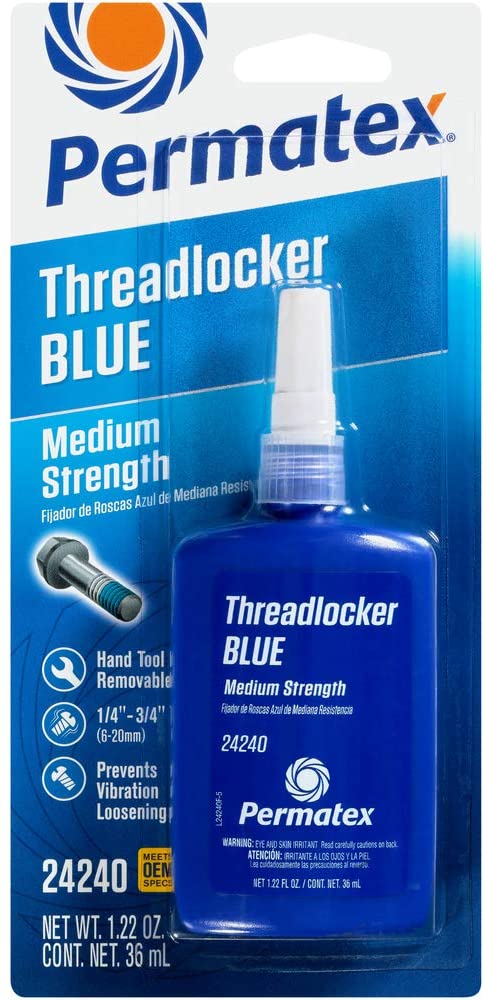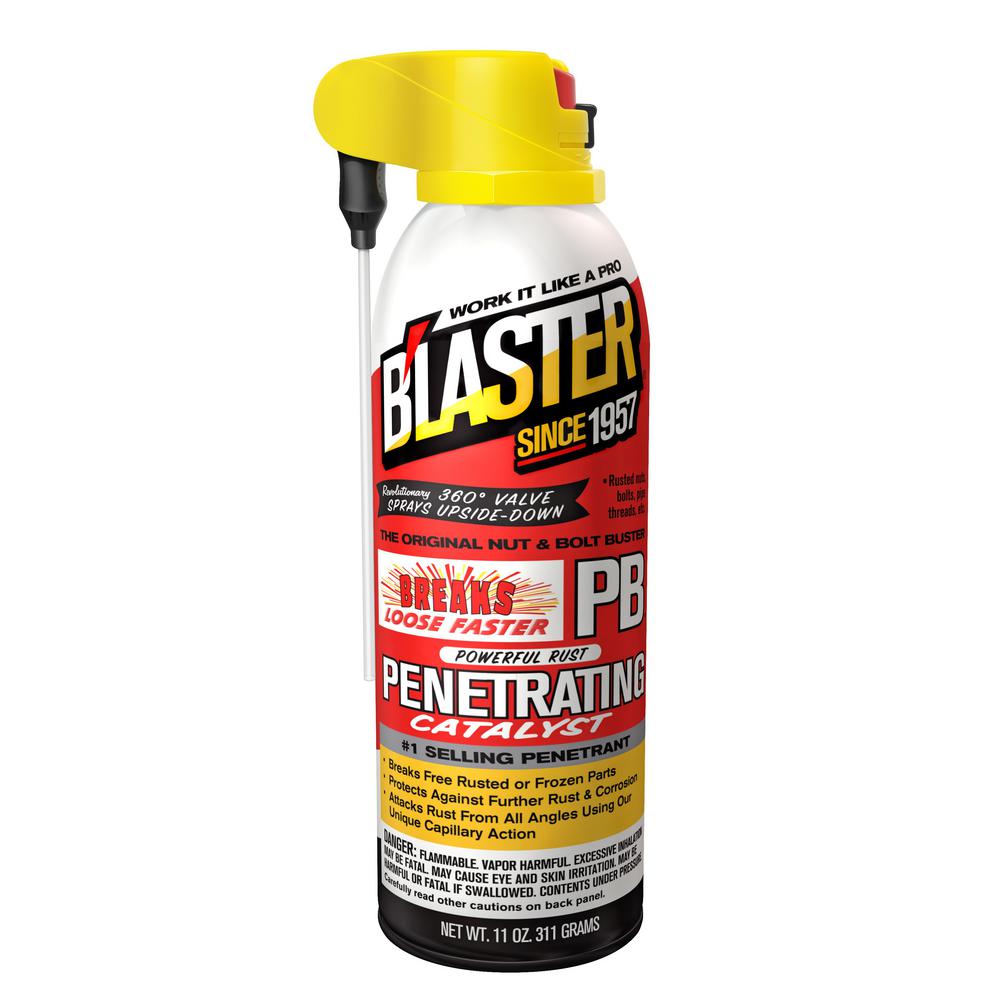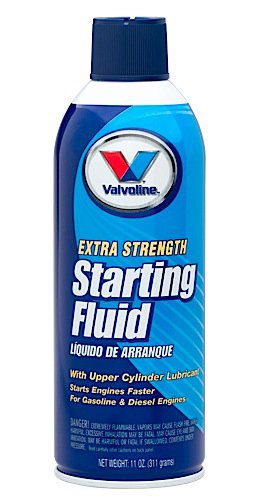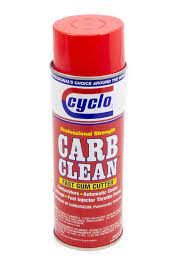One of the only good things the pandemic had to offer was more time working on your car project. According to NPD research, at-home DIY automotive projects led to a 14% increase in aftermarket sales.
As an aftermarket retailer, Original Air has seen purchases from all different age groups. We’ve also been getting an influx of questions on which chemicals we recommend using in your garage. These days, there are so many different chemicals online and in-store, they can make your head spin. Between adhesives, lubricants, cleaners, and penetrants, where should you start?
Our very own Orlando Anderson breaks down what he thinks are some of the best automotive chemicals you should always have in your garage.

Skipping the Heavy Hitters
In this article, we’ll be talking about automotive chemicals, but we’re skipping over some of the heavy hitters that most DIYers are familiar with. These consist of your essential fluids such as your oil, coolant, and windshield wiper fluid. They’re not only obvious but also unique to each vehicle.
The following items are more specific to DIY projects and things you’re doing with your hands to keep your classic looking sharp. We’ll discuss each product and why you want to have it handy in your garage rather than choosing a specific brand over another.
1. Basic Chassis Grease
I love having a tub of chassis grease somewhere in my garage. Once I first purchased it, I ended up reaching for it probably two to three times a week. I didn’t even know I needed it until I saw it on sale at O’Reilly’s. You can use something like this all the time.
I personally keep a paintbrush near it, so it’s easy to apply compared to a grease gun. However, if you have a grease gun, just fill it with the same grease. The point is, a tub keeps you from having to use the gun all the time.
2. Blue Threadlocker
Next, keep a basic blue threadlocker around. Simply put, it’s essential to have if you’re assembling items that need to stay together. Your blue threadlocker is the most common threadlocker you’ll find, and it’s also the weakest. But know you don’t have to go to a red or a green one because blue threadlockers still hold most applications. Red and green end up only giving you more issues since they’re a lot more challenging to remove.
That being said, if you’re having issues taking apart something that’s been put together with a threadlocker, use heat. Lastly, remember if you need to take something apart that you assembled with a threadlocker, you should be able to. If you need to disassemble something that’s rusted solid, you’re going to have a hard time. Blue thread locker is easy to use, and it makes things go together correctly.
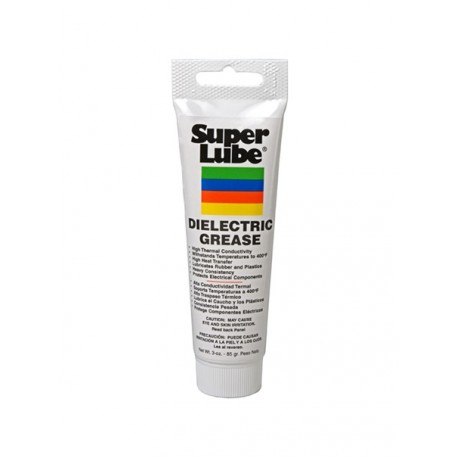 3. Dielectric or Silicone Grease
3. Dielectric or Silicone Grease
A simple dielectric grease or silicone grease is excellent with electrical connections such as a GM weather pack connector or anything with a gasket. It makes the gaskets assemble correctly and sit correctly without being pinched. This way, they’ll actually stay weather-tight and corrosion-resistant. So if you build two things that are pushed together, they don’t rust and end up giving you a poor connection.
This grease is a cheap and effective way to make sure all your electrical pieces will continue working for years.

4. WD-4O and PB Blaster
Next, we have a lubricant or WD-40 type of product. We also have a penetrating oil like PB Blaster. You don’t have to pick these specific brands since, between the two of them, the concept is the same.
I use WD-40 to keep things from sticking together, eroding, and displacing water. WD actually stands for water displacing. Something like this can help you get rid of water on parts like distributor caps.
We divided these into two categories because your PB blaster will get into the threads of something that is rusted. It can thus allow a fastener to break free.
They should not be used interchangeably and should each have their own place in your garage. You’re probably already going to have WD-40 lying around somewhere since it’s a great household item as well.
That being said, if you’re working on any classic, you’ll for sure need to have a penetrating oil somewhere in your garage. Find the one you like and stock up on it. I promise it’s going to make your life a lot easier.
5. Starting Fluid
Although these days it’s considered partially controversial, I like using starting fluids as a diagnostic tool. If I’m looking for a vacuum leak or something on a carbureted car, I can spray starting fluid around the base so it pulls in. I can either feel or hear the idle rise of the car because this is flammable.
Not all automotive aerosol chemicals are flammable. With your starting fluid, you’re going to definitely want to use it as a diagnostic tool. However, you can also use it for hard starting engines. We don’t recommend relying on it for that. However, it’s something worth keeping around and using sparingly.
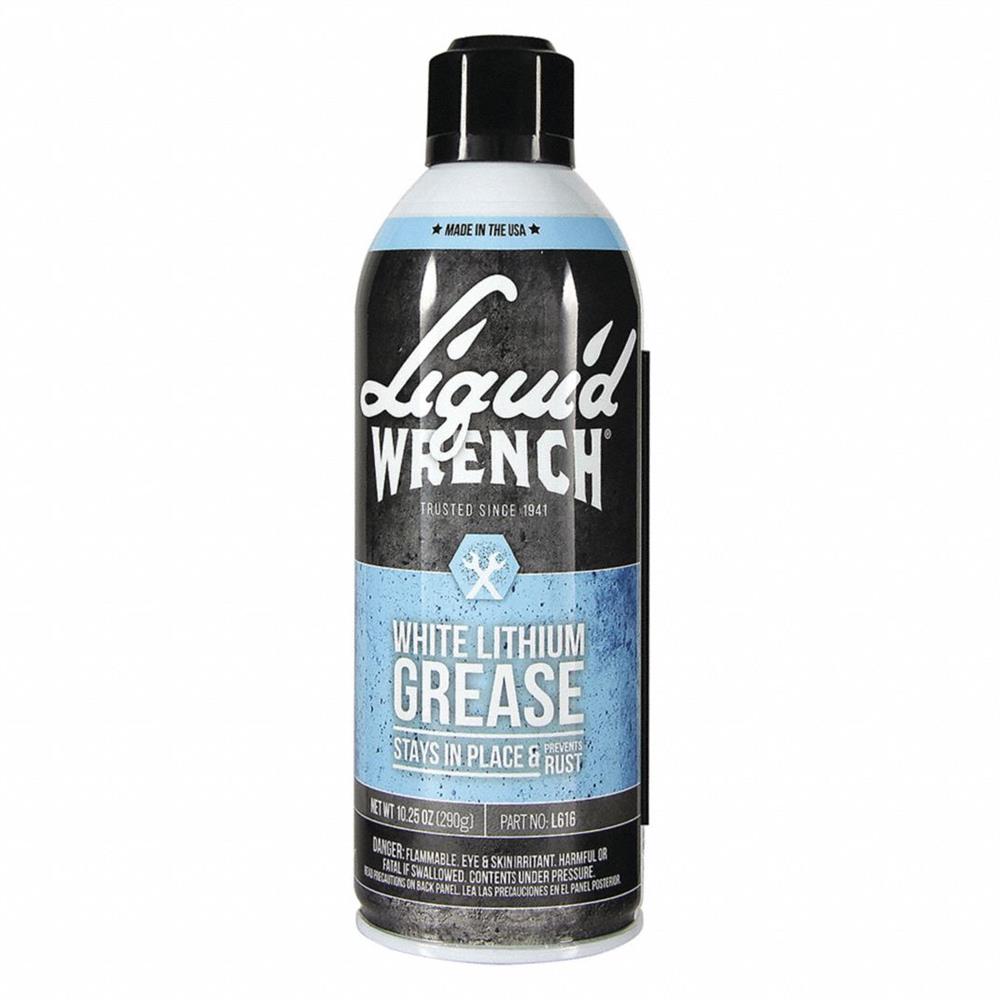
6. White Lithium Grease
White lithium grease is another automotive chemical I recommend having around. Similar to your WD-40, it is a lubricant. But it’s a bit more permanent and used for metal-to-metal surfaces. Think about using it on door latches, door hinges, or even steering column components.
It’s plastic-safe, so if you happen to get it on something like a turn signal switch, it’s not going to be a huge concern. Plus, it doesn’t freeze, so if you live up north, putting something like this on door latches or inside a lock helps it function all winter.
7. Carburetor cleaner
Another product that works well in the winter is carburetor cleaner. The best thing about it is that it cuts through any junk that’s leftover in the carburetor. It also works as an excellent tool for removing oil from the exterior of some products. Just make sure you contain it as it drips off whatever project you’re working with.
Something like this can bring life back to the vehicle and help make it run again. If you're like me and rebuild a lot of carburetors, this tool is certainly something you’ll want to have laying around.
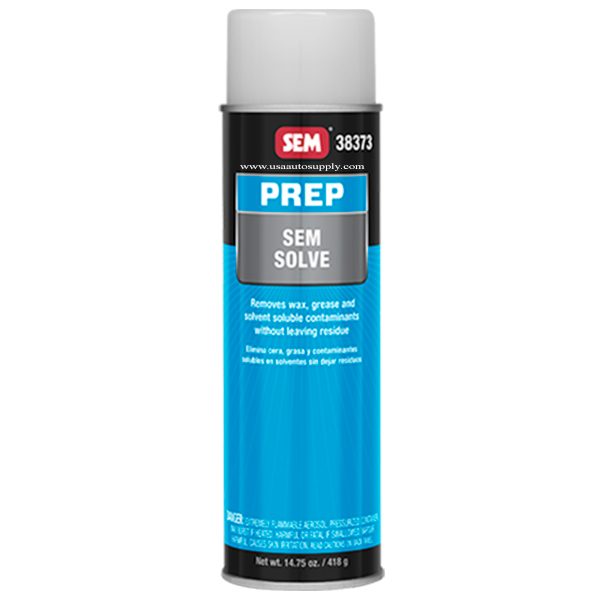
8. Prep Sem Solve
Not many people keep a prep sem solve in their garage. However, I think it’s something that just makes sense. This is a wax and grease remover that prepares the surface for paint. If you don’t correctly prep a surface before you paint it, you can end up with many issues like adhesion or fisheyes. Prepsol eliminates those issues and makes sure you have a good clean surface for the paint to adhere to.
It’s also great for cleaning things off if you’re working with something with a lot of grease and needs to be clean. Prep-sol cuts through it while leaving the surface residue-free. I use it more often than I thought I would, even when I’m not painting anything since it’s such a great cleaning product.
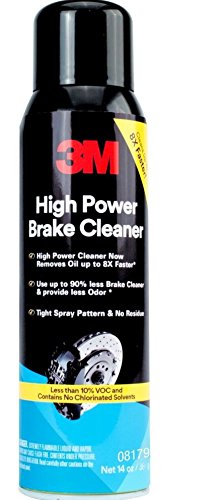
9. Brake Clean
You’re more likely to find an empty break clean can in my garage than one that’s full. I’ve seen some people try to substitute carburetor cleaner for break clean and vise versa, but either way doesn’t work. Break clean doesn’t get rid of carburetor deposits nearly as well as carburetor cleaner can. Plus, carb clean doesn’t leave your break surfaces as clean as break clean does.
Know the formulations are different and thus yield different results, so make sure you get the proper automotive chemical for the job that you’re working on.
A couple of different types of break clean exist. You can find either a chlorinated style or a non-chlorinated style. The chlorinated tends to work better, but if you have environmental concerns or can’t find it due to limited availability, use the non-chlorinated.
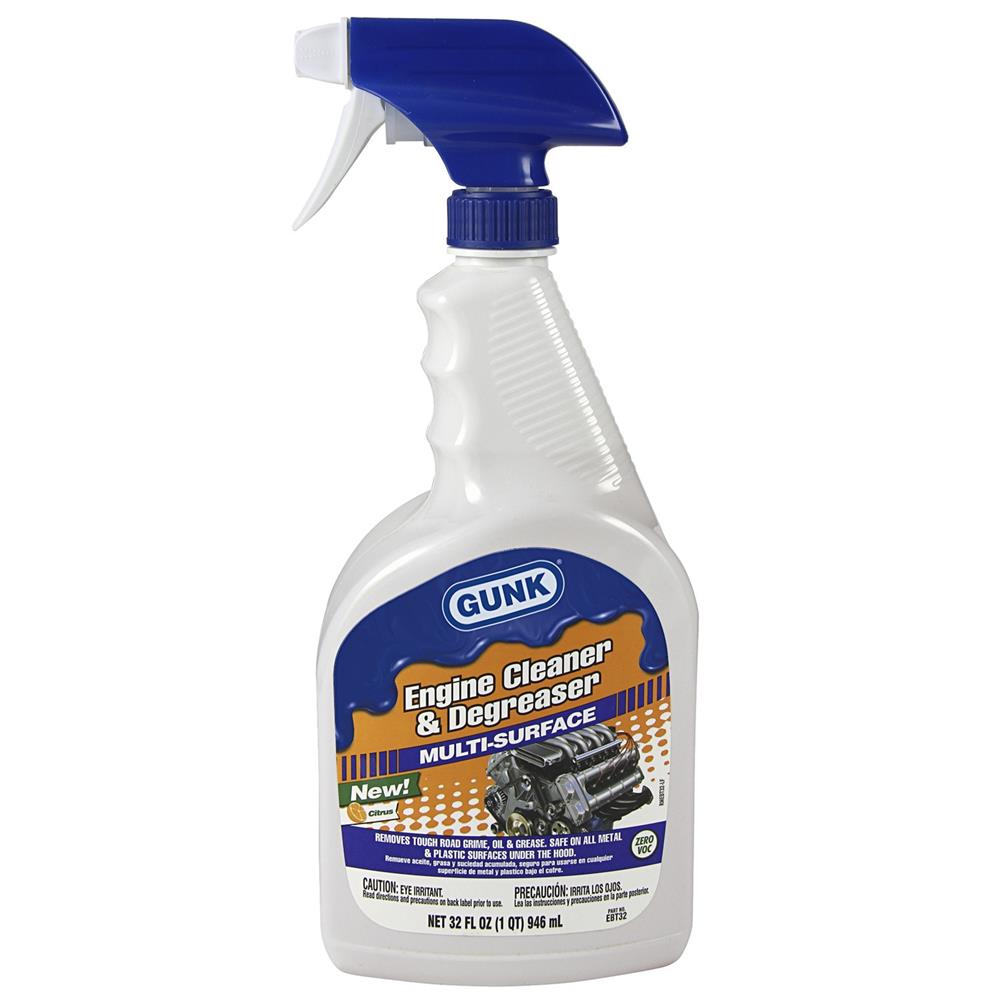
10. Engine Degreaser
An essential engine degreaser like Speed Clean from Driven Racing removes gunk and heavy grime from engine blocks, engine compartments, under chassis stuff, and rear axles especially. Before you go under the car to fix a leak, hose it down with some of this and wash it off. Then you can go under and do your work. Don’t try to work around the grease and grime and finally remove it halfway through the project. Make your life easier by starting with an engine degreaser.
Up until this point, everything I’ve talked about has been mainly for working on your classic. Now I’m going to list some items for keeping not only keep your classic clean but safe while driving.

11. Glass cleaner
First, find a great glass cleaner and use it regularly. What’s the point of working on a muscle car if the windshield doubles as a fly swatter. When it comes to glass cleaners, I recommend Sprayway. I’ve gone through more than enough of them and found that a non-ammonia type cleaner works better by streaking less and leaving less residue.
12. Interior Cleaner
Lastly, we recommend using an interior cleaner or leather cleaner depending on the type of interior your car has. That’s going to make things more comfortable and looking better. If any of the above chemicals end up getting on your interior, use an interior cleaner like Meguilar’s Gold Glass leather cleaner to maintain that finish.
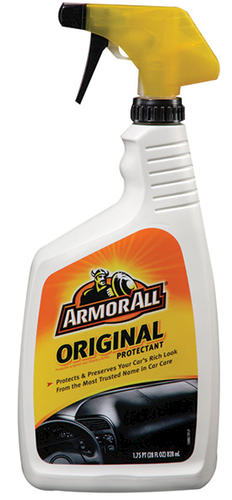
If you think there’s something we missed, leave a comment down below and let us know why it’s your garage go-to.


